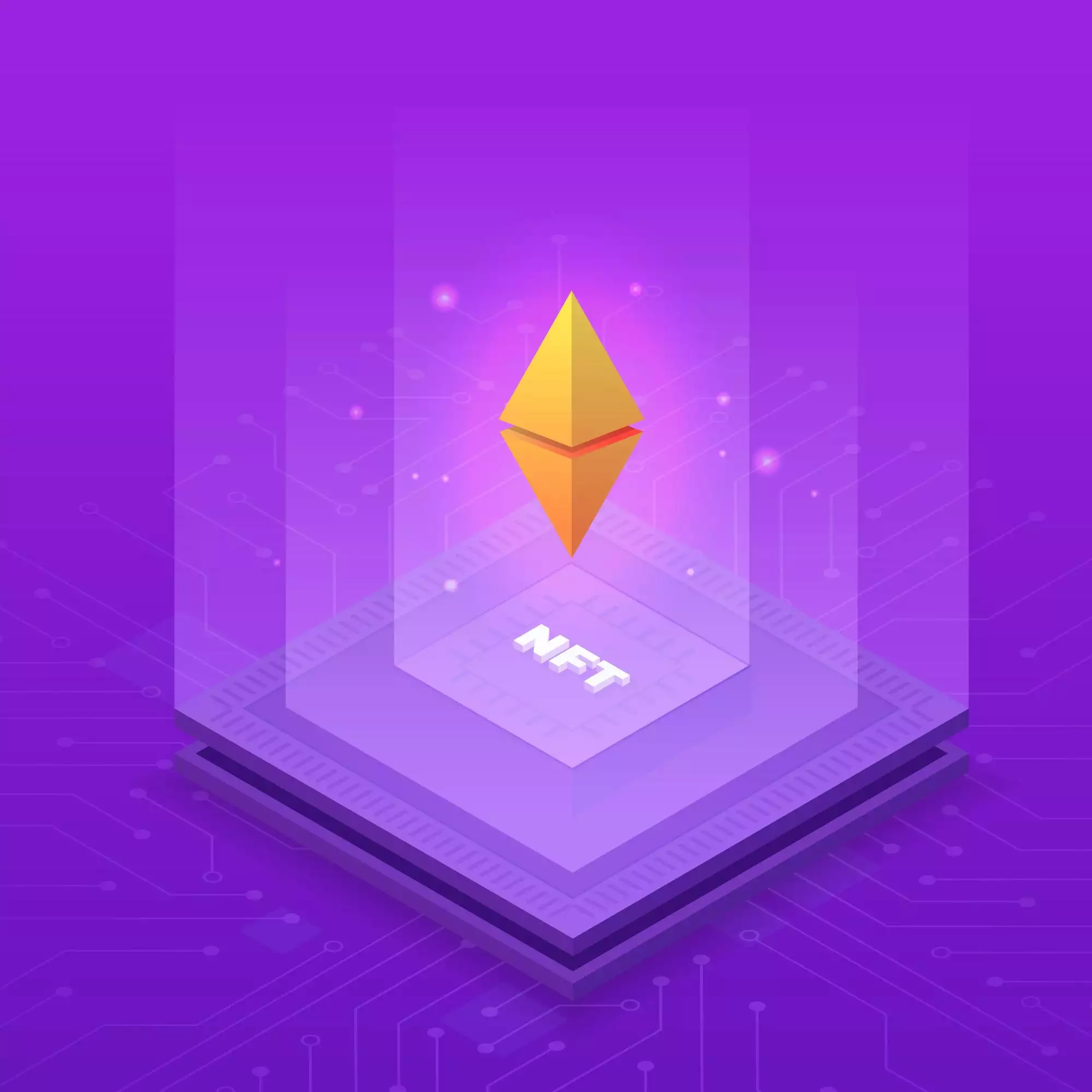How NFTs Are Revolutionizing the Gaming Industry in 2024
The gaming industry has always been at the forefront of technological innovation, and in 2024, NFTs (Non-Fungible Tokens) are proving to be a game-changer.The gaming industry has always been at the forefront of technological innovation, and in 2024, NFTs (Non-Fungible Tokens) are proving to be a game-changer. With the global gaming market valued at over $300 billion, the introduction of NFTs is reshaping how players interact with games, create value, and even earn income.
This article explores how NFTs are transforming gaming by enabling true ownership of in-game assets, fostering vibrant in-game economies, and introducing innovative Play-to-Earn (P2E) models.
What Are NFTs in Gaming?
NFTs are digital assets stored on a blockchain, offering proof of ownership and uniqueness. In gaming, NFTs can represent items like weapons, skins, characters, virtual land, or even entire games. Unlike traditional in-game items tied to specific platforms, NFTs allow players to own and trade their assets across multiple games and marketplaces.
For example, popular games like Axie Infinity and The Sandbox use NFTs to grant players ownership of their assets, which can be traded, sold, or used as investments.

1. True Ownership of In-Game Assets
Historically, gamers have spent billions on in-game purchases such as skins and weapons. However, these items are typically tied to a single platform or account and cannot be resold. NFTs are revolutionizing this model by giving players true ownership.
-
Case Study: Axie Infinity
Players purchase Axies (NFT-based creatures) and can sell them in open marketplaces. In 2023 alone, Axie Infinity generated over $1 billion in transactions, with players retaining ownership of their Axies outside the game. - Impact: With NFTs, players can monetize their gaming achievements and have full control over their digital assets.
2. Play-to-Earn Models: A New Era for Gamers
The Play-to-Earn (P2E) model is one of the most significant contributions of NFTs to gaming. It allows players to earn real money or cryptocurrencies by participating in games.
-
How It Works:
Players earn NFTs or tokens through gameplay, which can be sold or traded for profit. Some games even allow staking, where players earn passive income by holding certain assets. -
Notable Examples:
- The Sandbox: A metaverse game where players can buy, develop, and trade virtual land.
- Gods Unchained: A card-based strategy game where players earn NFT cards and cryptocurrency.
-
Real-Life Impact:
In countries like the Philippines, where incomes are lower, players have used games like Axie Infinity as a primary source of income.
3. Cross-Game and Metaverse Integration
NFTs are unlocking unprecedented possibilities for interoperability. Imagine buying a rare sword in one game and using it in another or displaying it in a virtual metaverse gallery.
-
Metaverse Integration:
Platforms like Decentraland and The Sandbox are leading this charge, where NFTs represent land, avatars, and collectibles that can be used across various metaverse experiences. -
Upcoming Games:
New NFT-based games like Symbiogenesis by Square Enix are experimenting with seamless integration between virtual worlds and physical experiences.

4. Challenges and Criticism
While NFTs in gaming are gaining traction, they face skepticism from traditional gamers and developers.
-
Environmental Concerns:
Blockchain technology, especially Ethereum, has been criticized for its energy usage. However, the transition to Ethereum 2.0 and other eco-friendly blockchains like Solana is mitigating this issue. -
Speculation and Volatility:
Some argue that NFTs encourage speculative behavior, where players treat gaming assets as investments rather than tools for entertainment. -
Resistance from Gamers:
Many gamers see NFTs as unnecessary monetization tactics. For instance, Ubisoft faced backlash for its Quartz NFT initiative.
Despite these challenges, companies like Epic Games and Ubisoft continue to explore NFT integration, signaling long-term potential.
5. The Future of NFT Gaming
Experts predict that NFT gaming will evolve beyond its current state to offer deeper, more immersive experiences.
-
Advanced Utility:
Developers are working on NFTs that evolve with gameplay. For instance, a sword that gains power as you use it across multiple games. -
Greater Adoption by AAA Studios:
While indie developers have led the way, major studios like Square Enix and EA are experimenting with blockchain technology. -
Blurring Lines Between Virtual and Real:
With the rise of augmented reality (AR) and virtual reality (VR), NFT gaming could merge digital and physical worlds. Imagine earning an NFT in a VR game that grants access to real-world events or merchandise.
Conclusion
NFTs are undeniably reshaping the gaming industry, providing players with ownership, earning potential, and cross-platform opportunities. While challenges remain, the growing adoption of NFTs by gamers and developers alike signals a bright future for blockchain-based gaming.
As we look ahead, NFT gaming is set to become a cornerstone of the broader Web3 ecosystem, merging entertainment, finance, and community like never before.
